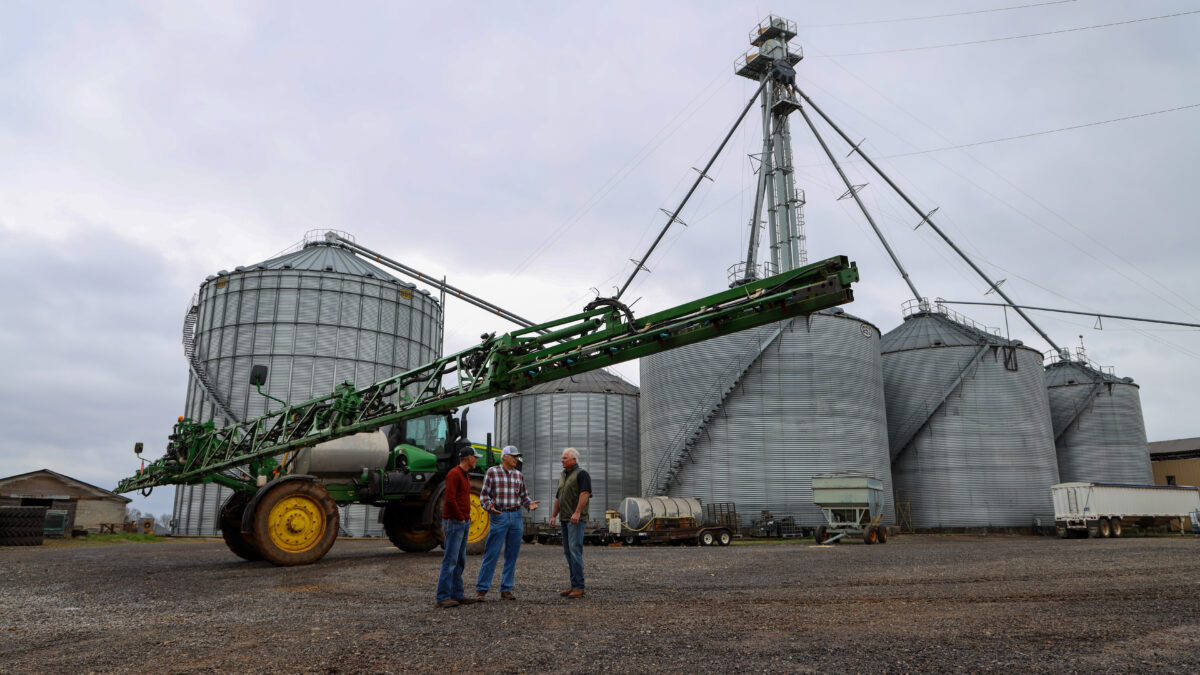Who Supported the Farm Bill?
TOPICS
Vote Record
photo credit: Alabama Farmers Federation, Used with Permission
John Newton, Ph.D.
Chief Economist
The Agriculture Improvement Act of 2018, a five-year bill that covers a variety of nutrition and agricultural government programs, was passed by the Senate on Dec. 11 and by the House on Dec. 12, and is expected to be signed by the president on Dec. 20. Importantly, completion of the 2018 farm bill marks the first time in nearly 30 years that a farm bill was enacted within the year for which programs were authorized.
Farm Bill in the Senate
The Senate first passed the farm bill on June 28 by a vote of 86 to 11, with 3 non-voting members. All but one Democrat voted to support the legislation, while 11 Republicans voted against initial passage.
The Senate agreed on the final conference report by a vote of 87 to 13. Every Democrat and all but 13 Republicans voted to support the bill. Wyoming and Arizona were the only states from which both senators voted against the farm bill. Figure 1 shows the results of the Senate vote on the conference report.

During the Senate vote on the conference report, the farm bill picked up an additional “yea” vote but had two additional “nay” votes. Several states saw support for the farm bill increase. Nevada, North Carolina, Oklahoma, Tennessee and Vermont went from a split vote to full support of the final farm bill. Florida, Iowa and Louisiana saw support for the farm bill decline, going from full support to a split vote. Meanwhile, Wyoming flipped entirely, going from full support to voting against the conference report. Figure 2 highlights changes in support for the farm bill between the initial passage in the Senate and the vote on the conference report.

Farm Bill in the House
The House passed the farm bill on June 21 by a vote of 213 to 211. At that time, 213 Republicans voted for the bill and 20 Republicans joined all 191 Democrats in opposition to the bill. There were two Republicans and two Democrats who did not vote on the farm bill in June.
The House agreed to the final conference report by a vote of 369 to 47. There were 182 Republicans and 187 Democrats who agreed to the conference report, while 44 Republicans and three Democrats voted against it. Sixteen House members did not vote on the farm bill conference report. Figure 3 shows the results of roll call vote 434 on agreement to the conference report on the Agriculture Improvement Act of 2018.

The initial passage of the farm bill in June 2018 was partisan in that all Democrats voted against the bill. It passed on a party-line vote with only Republican support. However, the farm bill conference report picked up 156 “yea” votes, with 190 House members flipping from a “nay” vote to a “yea” vote. Three members who voted “nay” on the bill initially did not vote on the conference report. Figure 4 highlights changes in support for the farm bill between the initial passage in the House and the vote on the conference report.

Summary
Bipartisan support for the 2018 farm bill resulted in final passage by wide margins in both the House and Senate. The bill is expected to be signed by the president on Dec. 20. Notably, there was a relatively short eight months between the introduction of the 2018 farm bill and its final passage. According to the Congressional Research Service, this was the first time in nearly 30 years, i.e., since the 1990 farm bill, that a farm bill was enacted within the year for which programs were authorized and prior to the new-crop planting season.
The current farm bill goes through the 2023 crop year and will cover 2023/24 marketing year crops. Dairy provisions of the farm bill will expire at the end of calendar year 2023. Importantly, through bipartisan support, farmers and ranchers now have the five-year certainty that is provided by the farm bill.
For more analysis of the 2018 farm bill read What’s in Title I of the 2018 Farm Bill for Field Crops? and Reviewing the 2018 Farm Bill Baseline.